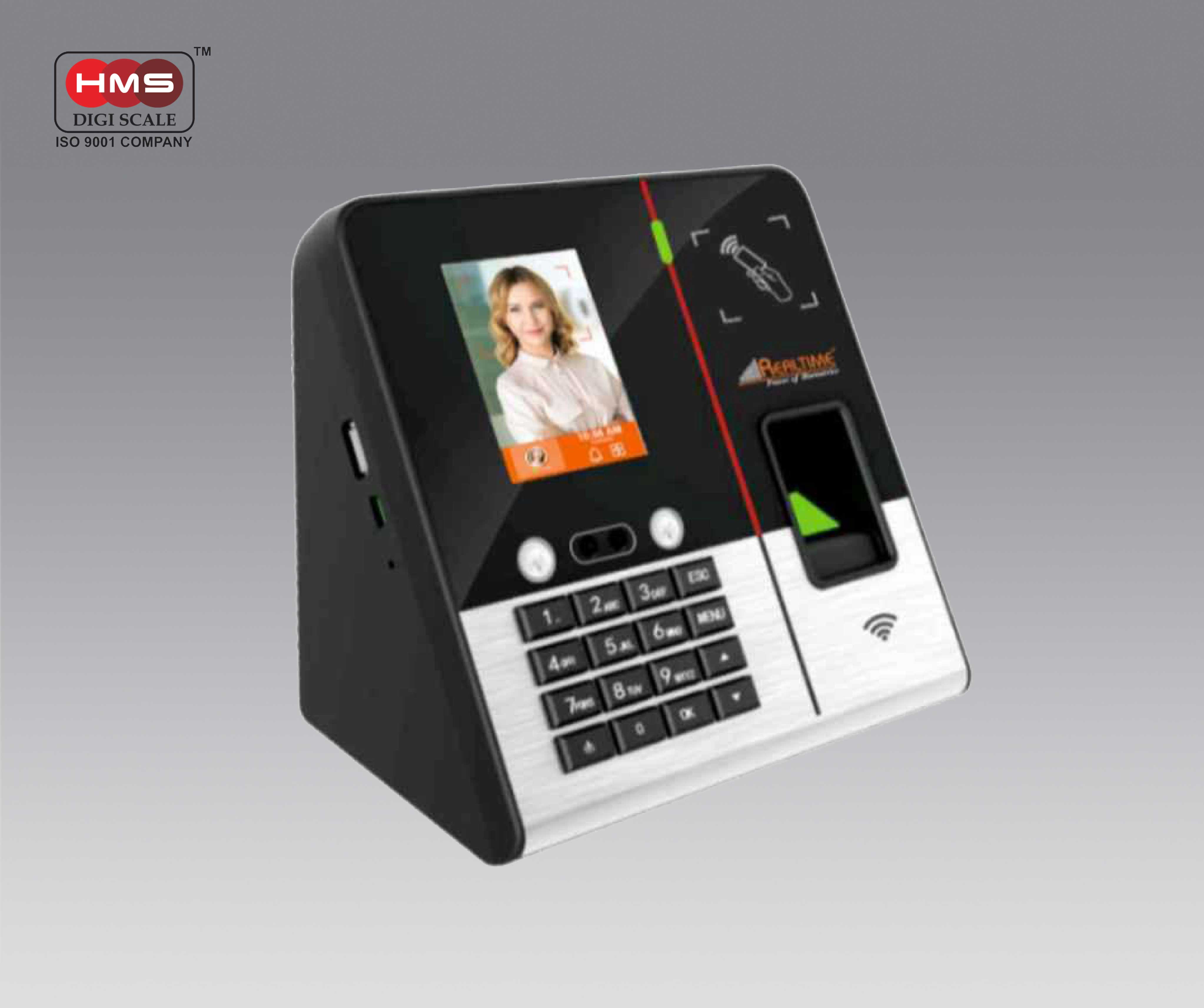Get a quote
Face and finger ID sensors are biometric authentication methods that use facial recognition and fingerprint scanning, respectively, to verify a person's identity. These biometric technologies are increasingly used for security and access control purposes in various applications, from unlocking smartphones to enhancing physical and digital security systems.
Face ID (Facial Recognition):
How it works: Face ID is a biometric technology that uses a camera system to capture and analyze an individual's facial features, including the unique patterns of the face, such as the distance between the eyes, nose, and mouth.
Authentication Process: When a user wants to access a device or system protected by Face ID, the camera captures an image of their face. The captured image is then processed and compared to a previously enrolled facial template stored in the system's database.
Advantages: Face ID offers a convenient and contactless way of authentication. It is user-friendly, as it does not require physical contact with a sensor, making it particularly popular for unlocking smartphones and other devices.
Applications: Face ID is used in smartphones, tablets, laptops, access control systems, and airport security, among other applications.
Fingerprint ID (Fingerprint Recognition):
How it works: Fingerprint ID relies on scanning and analyzing the unique patterns and ridges of an individual's fingerprint. This technology captures the minutiae points, or specific details, of the fingerprint for identification.
Authentication Process: When a user wants to access a device or system protected by fingerprint ID, they place their finger on a fingerprint sensor. The sensor captures an image of the fingerprint, extracts unique features, and compares them to stored fingerprint templates.
Advantages: Fingerprint ID is highly accurate and offers a fast and reliable means of authentication. It is widely used and accepted for securing devices, unlocking doors, and authorizing financial transactions.
Applications: Fingerprint ID is used in smartphones, laptops, access control systems, border security, law enforcement, and financial institutions for identity verification.
Both Face ID and Fingerprint ID have their own advantages and considerations:
Security: Fingerprint ID is generally considered more secure due to the uniqueness and complexity of fingerprint patterns. However, both methods can be vulnerable to spoofing if not implemented properly.
Convenience: Face ID is more convenient for quick, contactless authentication. Users simply look at the camera for identification, while fingerprint ID requires physical contact with a sensor.
Privacy: Concerns about privacy are associated with both methods, especially regarding the storage and protection of biometric data. It's crucial for organizations to implement robust security measures to protect biometric templates.
Environmental Factors: Environmental conditions, such as lighting and cleanliness, can affect the performance of both technologies. Adequate lighting is often required for facial recognition, while dirty or wet fingers can impact fingerprint recognition.
The choice between Face ID and Fingerprint ID depends on the specific requirements of the application, user preferences, and the level of security needed. Some systems and devices also offer both authentication methods to provide users with options and redundancy in case one method fails.
Storage Capacity
► Face Capacity: 1,500
► Fingerprint Capacity: 2,000
► ID card Capacity: 2,000
► Transaction Capacity: 1, 00, 000
Visual
► Display: 2.8-inch TFT Screen
Communication
► Communication: TCP/IP, USB-Host
► Push Data : Yes
Standard Functions
► SMS, DLST, Scheduled-bell, Self-Service Query,
Automatic Status Switch, T9 Input, Photo ID,
Camera, Multi-verification.
Interface for Access Control
► 3rd Party Electric Lock, Door Sensor, Exit Button, Alarm
Optional Function
► ID, Work Code
► RS 232 Printer
Features
► High verification speed
► Professional firmware and plan or make it more flexible
► Intuitive and stunning UI design
► Sophisticated and light weight design fits in any environment
HMS Product Videos
Please watch HMS Product demonstration videos availale at our youtube channel.

